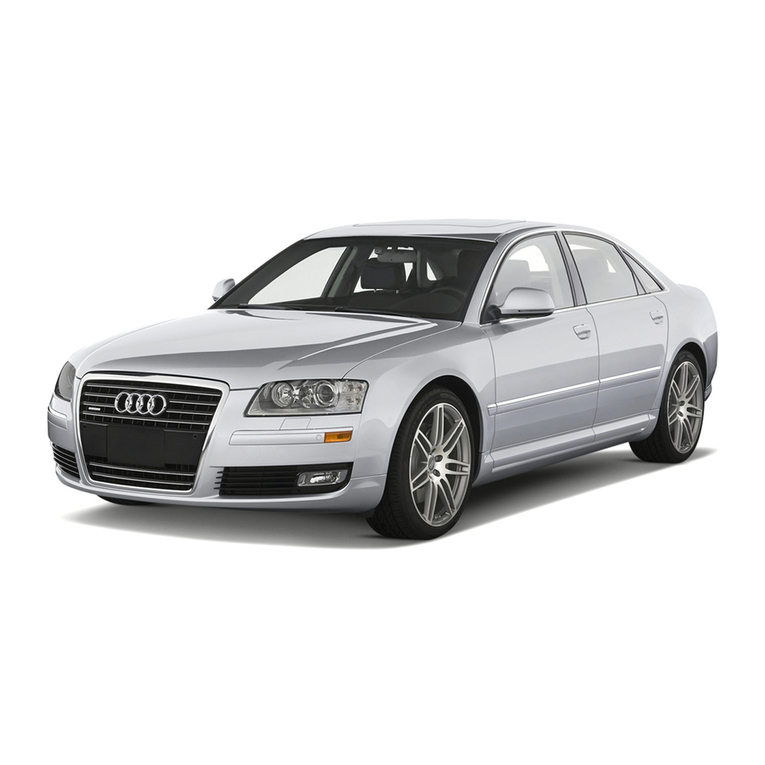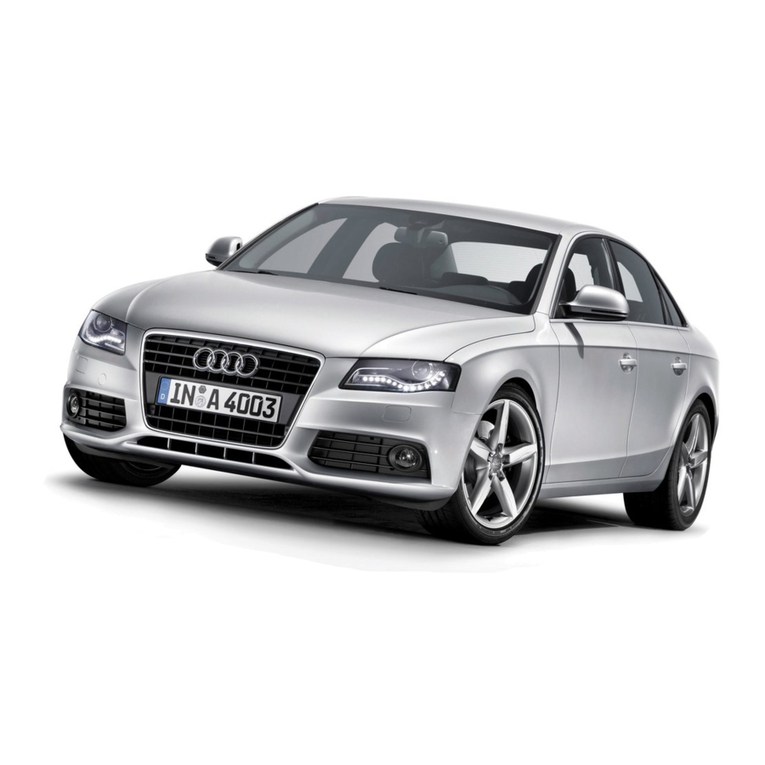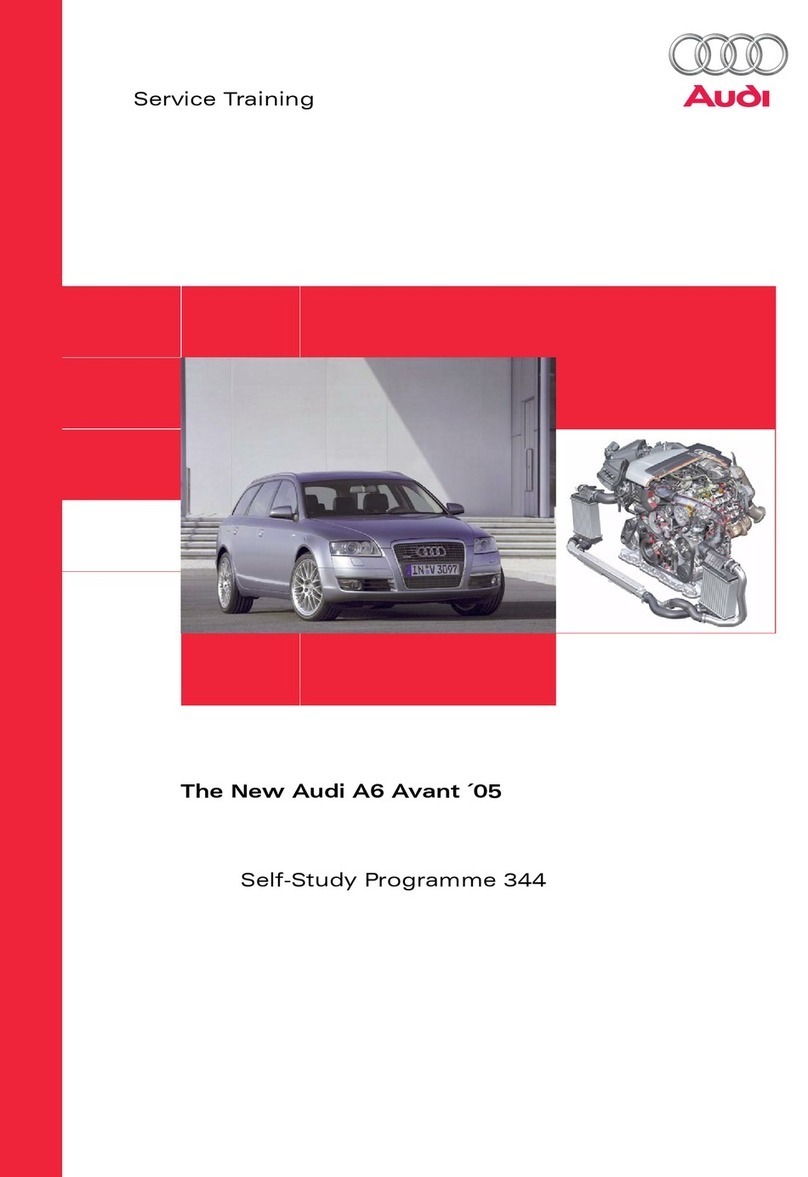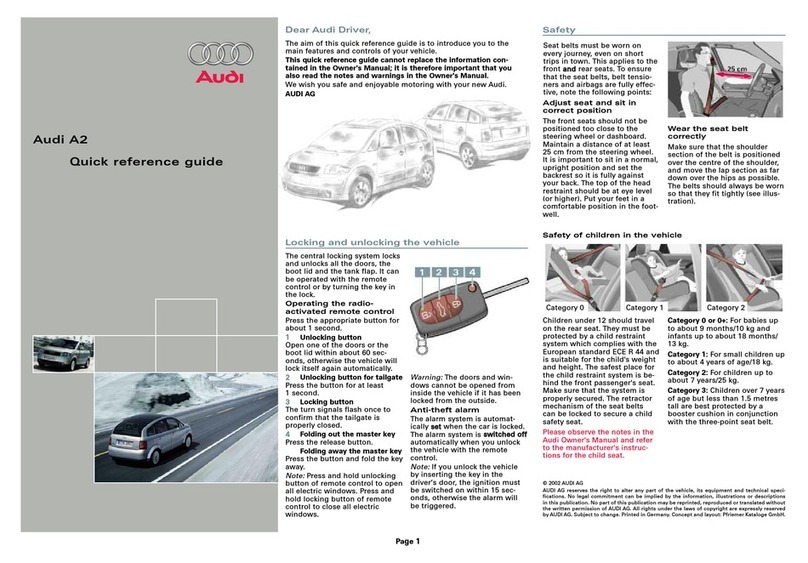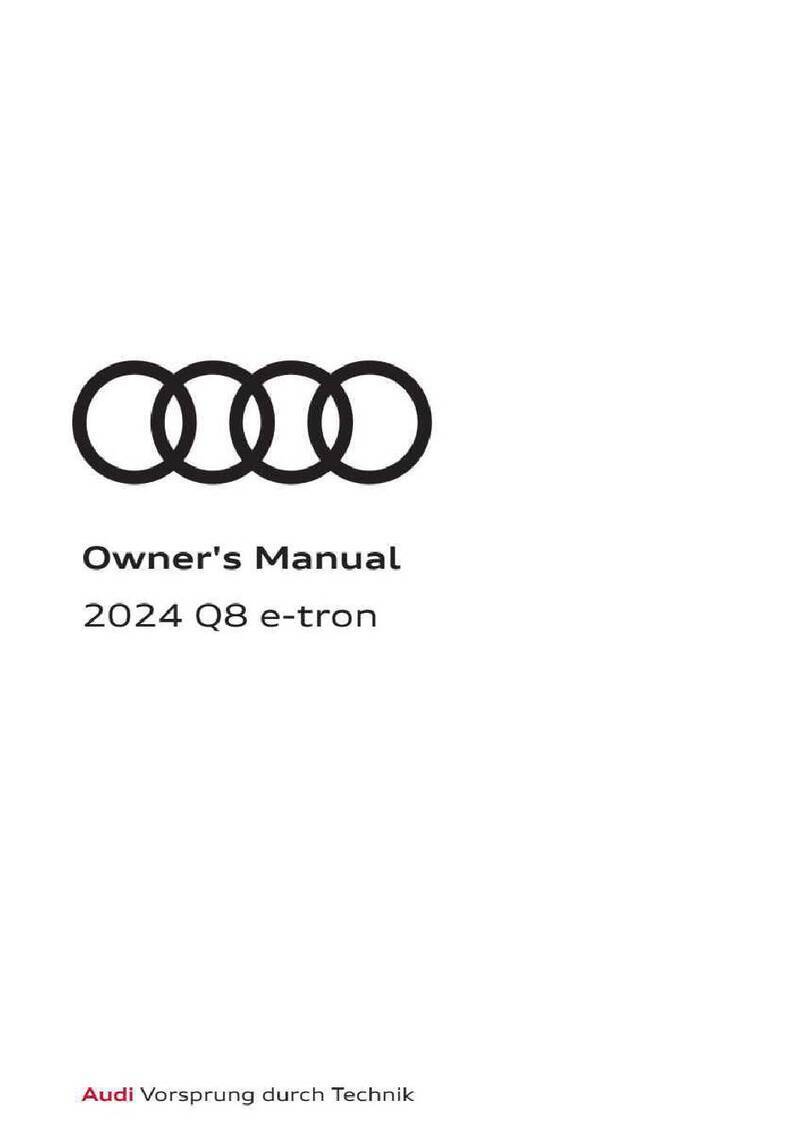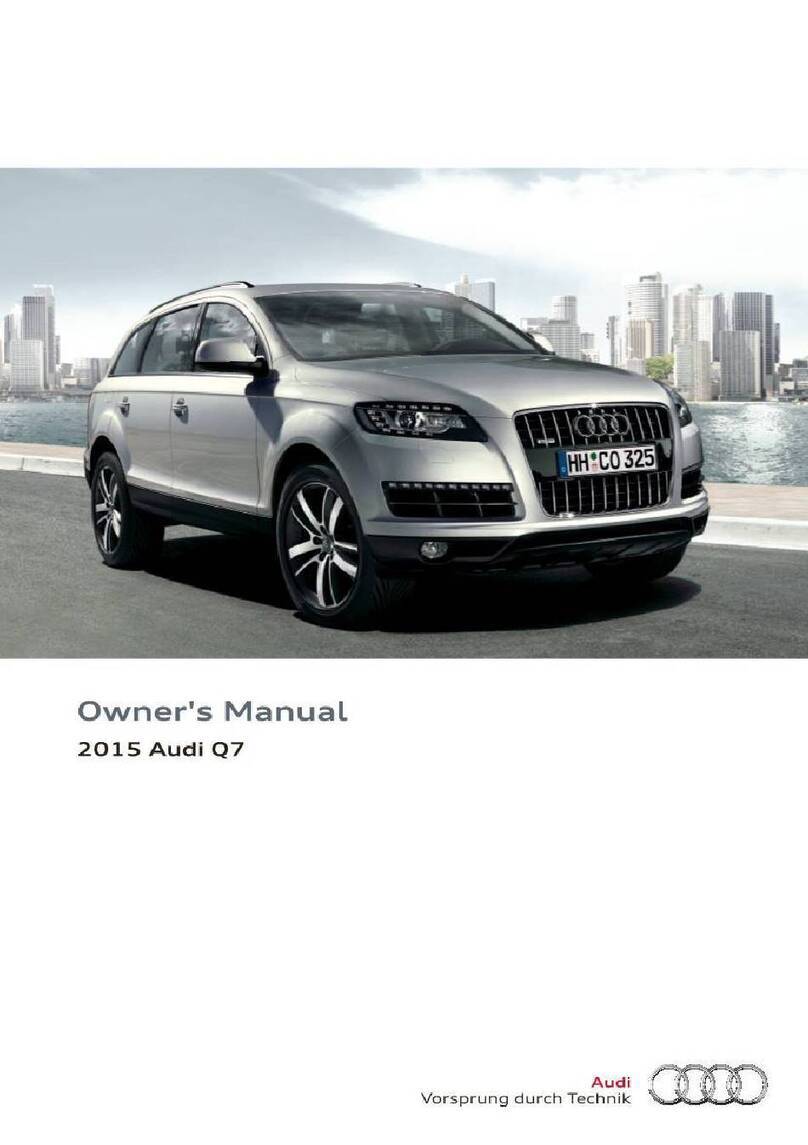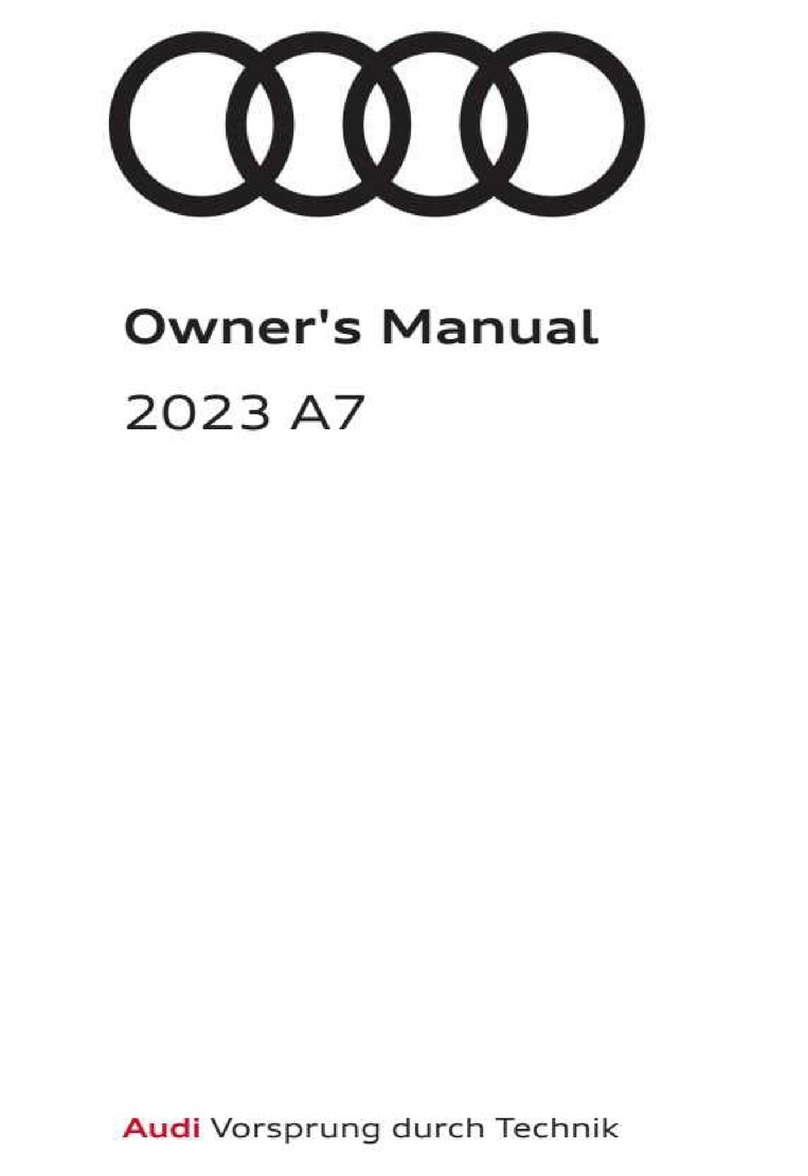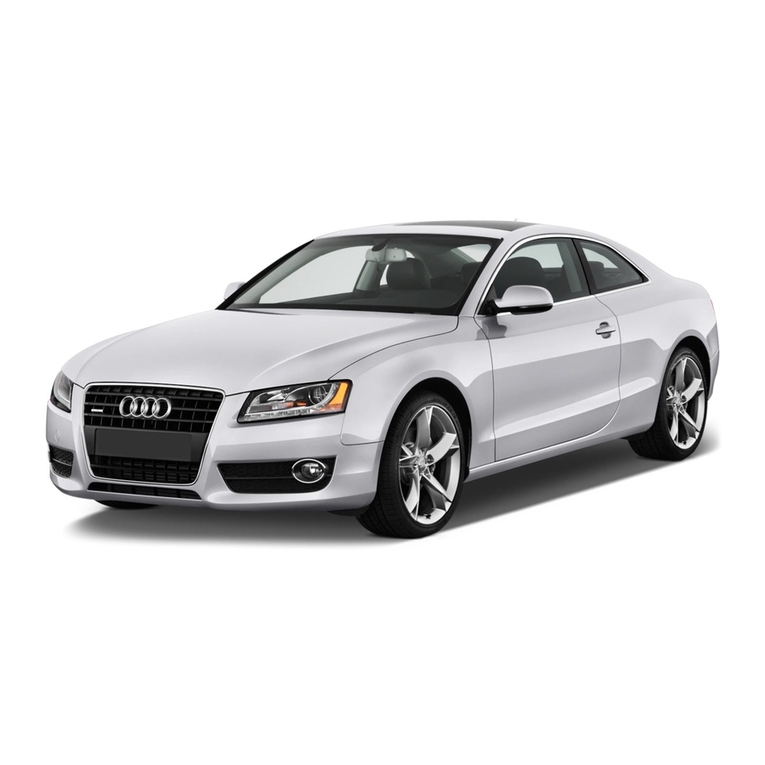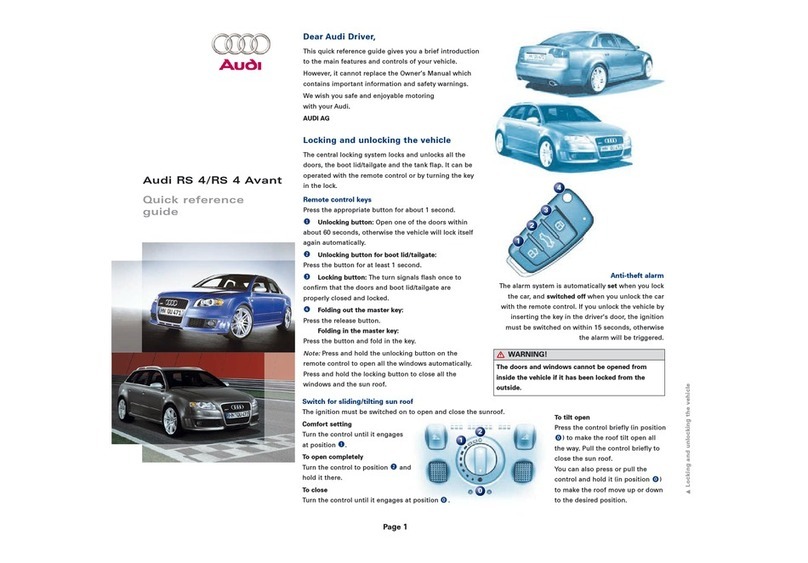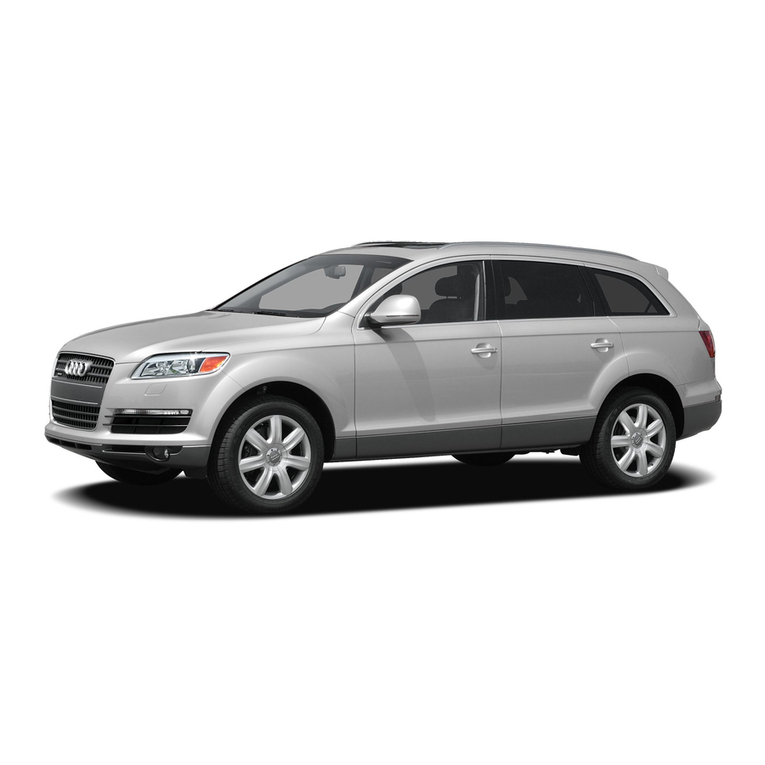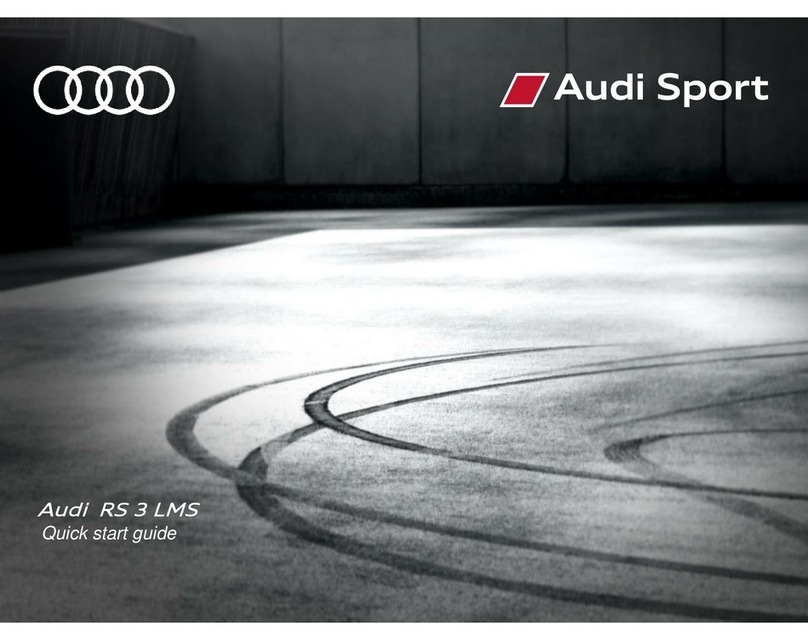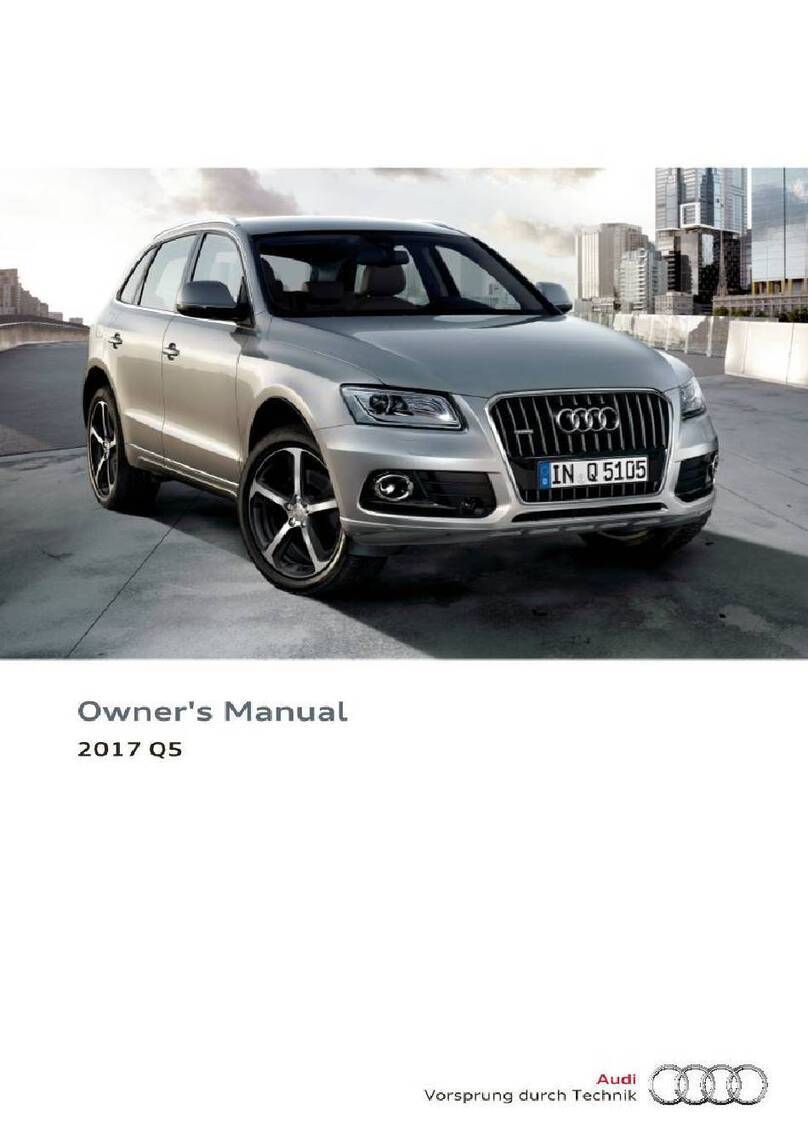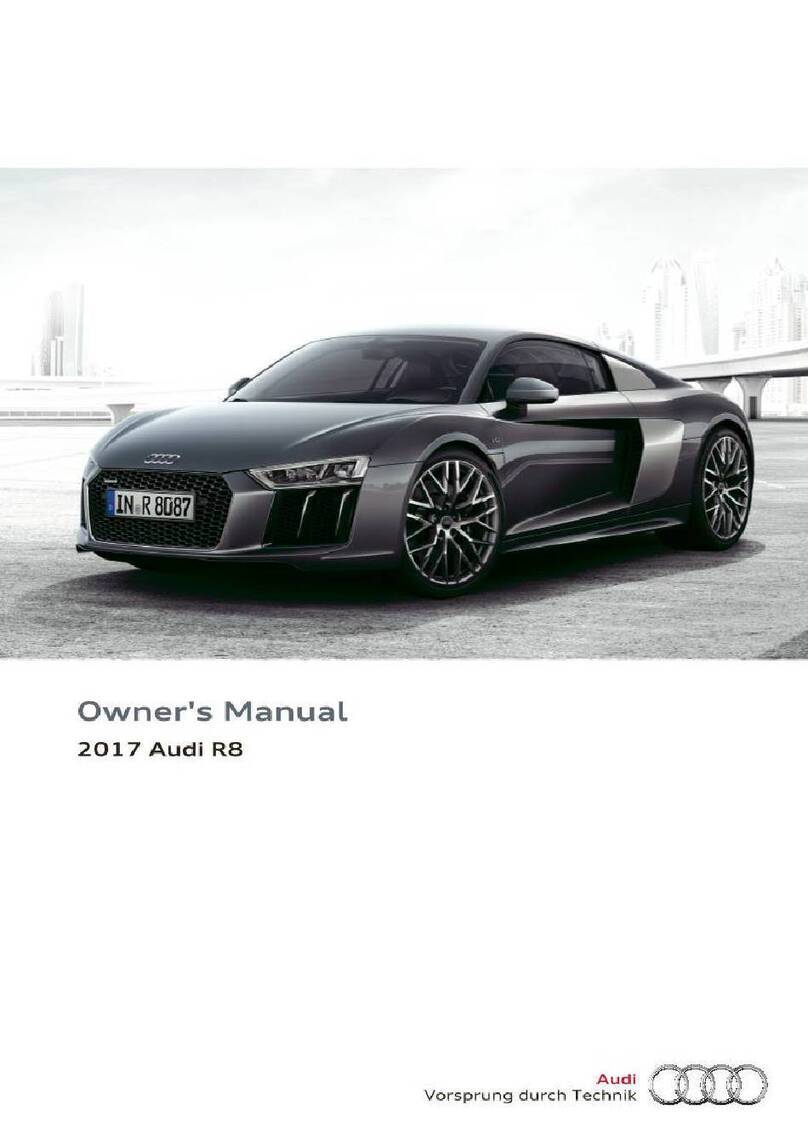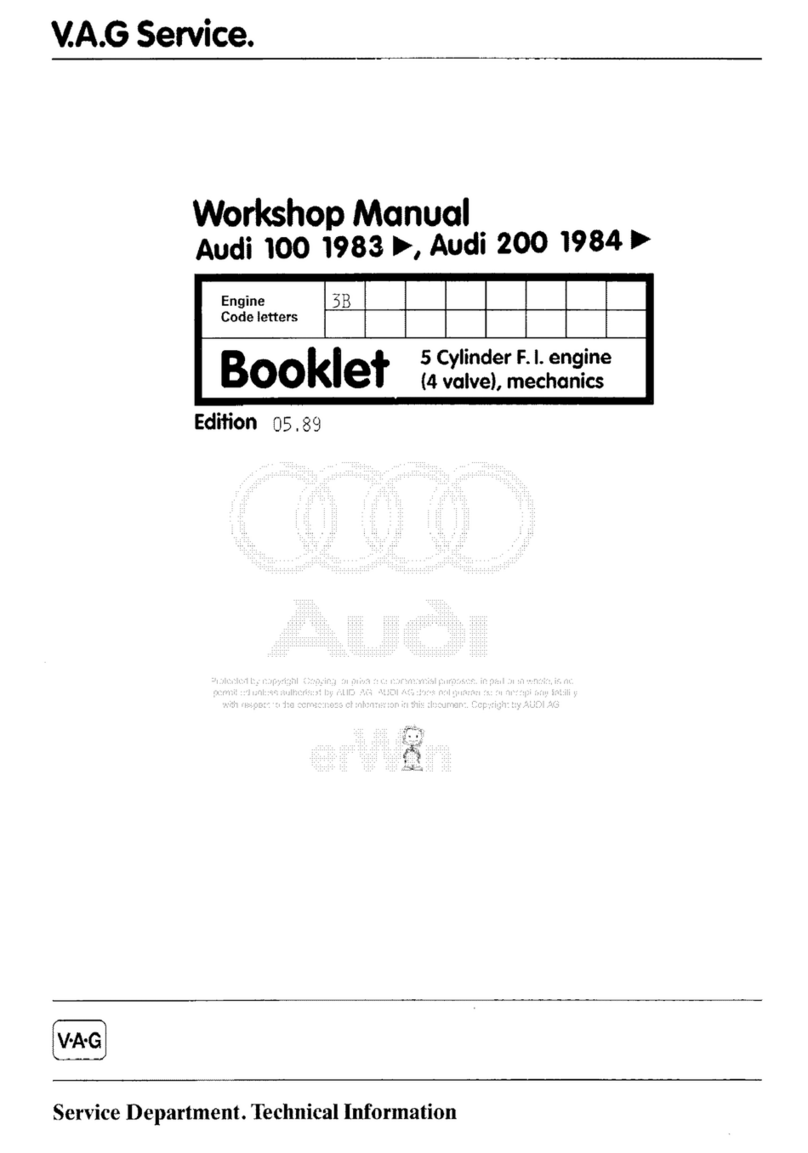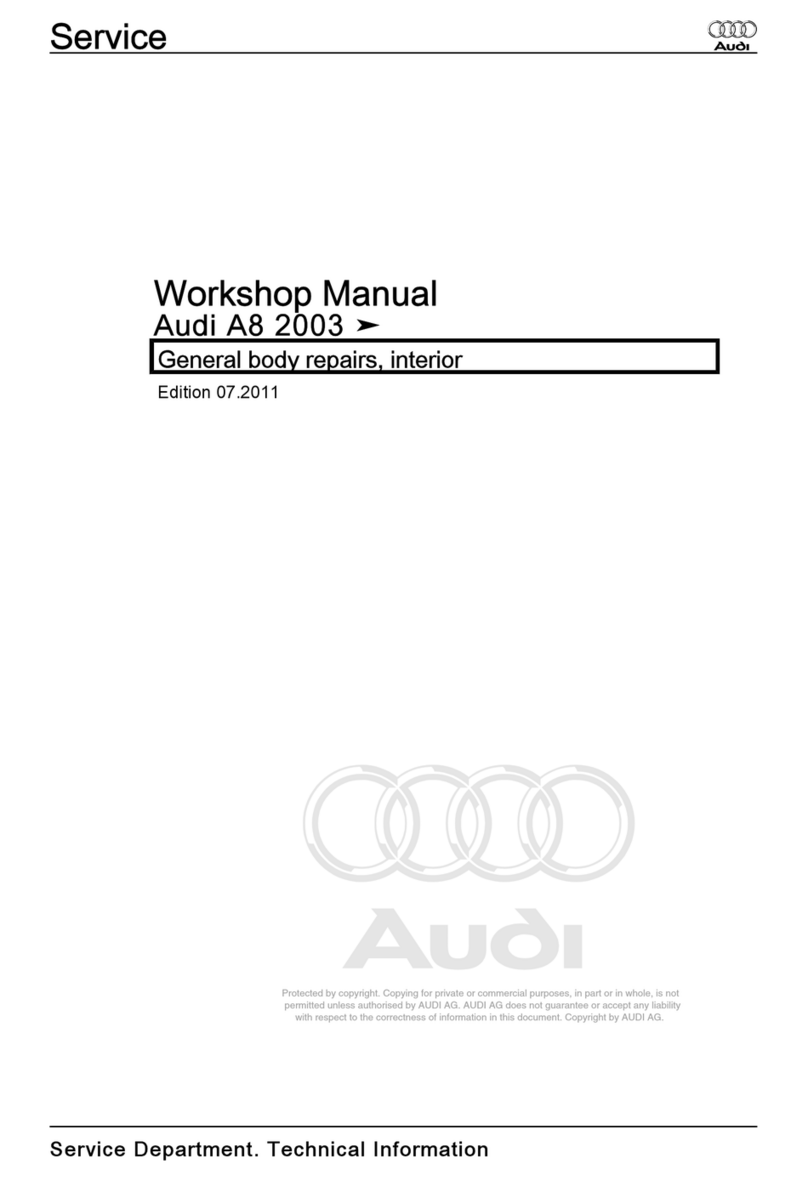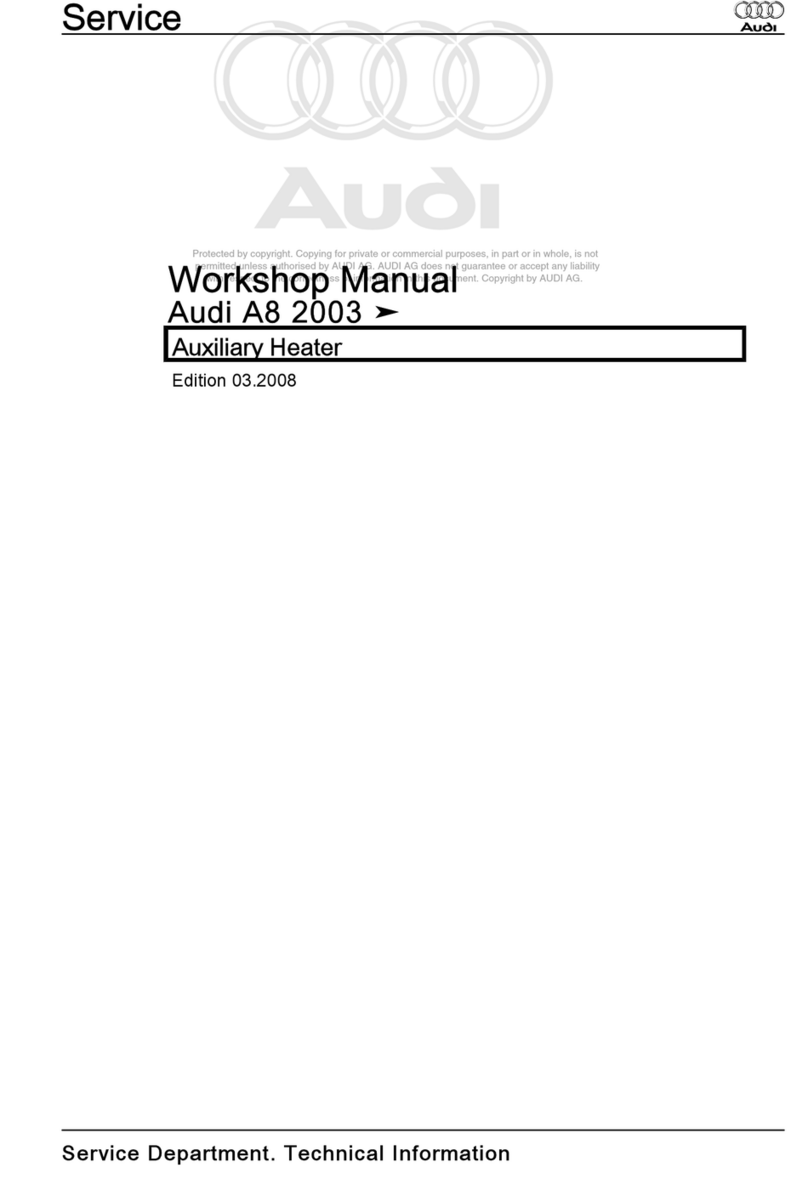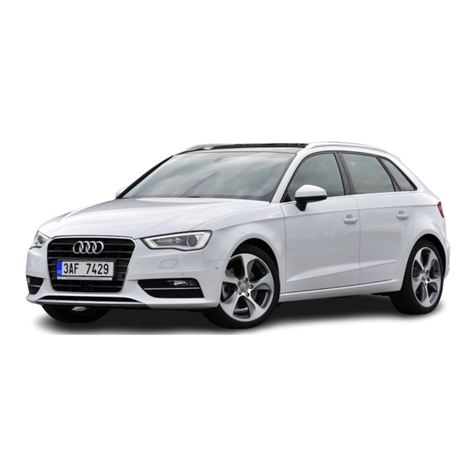2
INDEX
1TECHNICAL INFORMATION........................................................................................... 4
AUDI RS 3 LMS DSG display................................................................................... 4
Dimensions and weight.............................................................................................. 5
Bodywork...................................................................................................................... 5
Engine........................................................................................................................... 6
Fuel tank....................................................................................................................... 7
Power transmission..................................................................................................... 7
Chassis......................................................................................................................... 8
Electronic units............................................................................................................ 9
2DRIVER CONTROLS ........................................................................................................ 9
Main panel.................................................................................................................. 10
Steering wheel module............................................................................................. 10
Speed limiter (Pit limiter/Full Course Yellow/120 limiter).................................... 12
Display alarms and shift lights................................................................................. 12
Gearbox functioning.................................................................................................. 13
Standing start procedure.......................................................................................... 14
Rear brake pressure proportioning valve.............................................................. 14
Driver has to consider............................................................................................... 15
3ELECTRONICS ................................................................................................................ 17
AIM MXG.................................................................................................................... 17
MXG connection schemes....................................................................................... 18
Data acquisition......................................................................................................... 19
Fusebox...................................................................................................................... 20
Fuel level display....................................................................................................... 23
Auxiliary connectors.................................................................................................. 25
Fire extinguisher........................................................................................................ 28
4SETTING ADJUSTMENTS............................................................................................. 29
Standard set-up......................................................................................................... 29
Steering rack centring............................................................................................... 30
Front camber and toe adjustments......................................................................... 30
Rear camber and toe adjustments ......................................................................... 31
Suspension ................................................................................................................ 31
Anti-roll bars............................................................................................................... 34
